Keep Racing when the Ski Season is Over: How to Bridge fitness for Multi-Sport Athletes
By Carter Hall
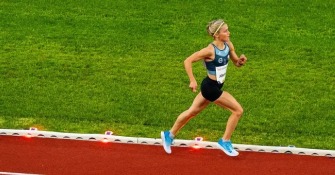
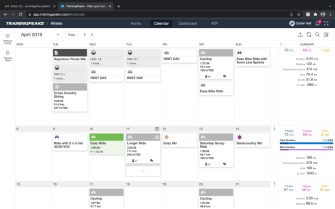
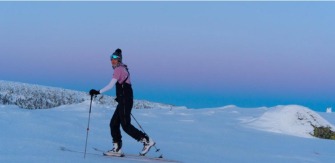 Continue to vary your training. Even if you’ve got running or bike races coming up soon, you don’t need to stop doing everything else. Backcountry and Nordic skiing still work well as aerobic base training, so you continue to mix these activities in as part of your aerobic base training if you want to and conditions allow. This is also helpful in staying motivated and preventing injuries.
Continue to vary your training. Even if you’ve got running or bike races coming up soon, you don’t need to stop doing everything else. Backcountry and Nordic skiing still work well as aerobic base training, so you continue to mix these activities in as part of your aerobic base training if you want to and conditions allow. This is also helpful in staying motivated and preventing injuries.
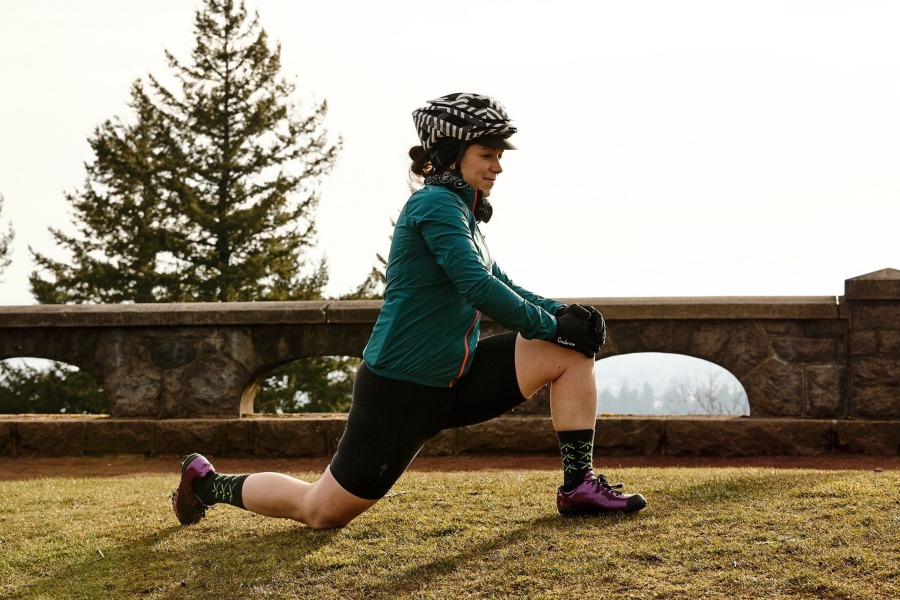
The end of march means many things for skiers. For most this signals the end of race season and a yearly transition. For many skiers this means taking some time away from structured ski training, which varies depending on your goals and abilities. Some skiers prefer to go to the beach, or spend time harvesting spring corn on their backcountry touring skis, others can’t resist the temptation of the next competition. Fortunately, skiing is great cross training for many endurance sports, and many skiers have found success competing in running, cycling, triathlon or other spring and summer sports. The aerobic base developed during the ski season is the perfect pillar to build success in all endurance sports.

Therese Johaug on her way to winning the Norwegian Track National Championships in the 10k in 2019. She eschewed track spikes in favor of Hokas road shoes.
If you plan to continue racing throughout the spring and summer it is important to be intentional about your training during the transition period out of ski season.
Take some time to rest. The ski season is long and can be taxing on the body and mind. Even if you are trying to perform in early spring races, it is still important to take some time off to recover before you jump into the next season of competition. How much time you need is completely dependent on what your race schedule at the end of the season looks like, but more importantly, how your body feels. If you are spending your final week of the season at super tour
finals, racing 5 times in 8 days, and finishing your last day with a 50k through some spring slush, you’re likely going to be very tired. Take some time off, maybe a few days or even a week, depending on how you feel and what your goals are going into the spring and summer.

Three days off after the final race of spring series before jumping on the bike and getting ready for some spring racing.
Ease into your new sport. Your aerobic fitness won’t evaporate in a matter of days, but pushing it too hard, too early can certainly lead to burning out or injuring yourself. Take some time to get back into the rhythm of your spring sport before logging huge miles. For cyclists, that means spending time in the saddle and getting your legs used to spinning the pedals and your body used to the position. Going out for an hour or two in Zone 1 is a good place to start for this. For runners can look a little different, spending some time on the track, doing running form drills and shifting out of the “Nordie shuffle” that you’ve likely been doing all winter, into more efficient and fast running. Still, you should start with low mileage, and be aware of how you feel. Regardless of what you’re going into, be cautious as you ramp up.
Get the right muscles firing. Since you still have aerobic fitness from ski season, you don’t need to put 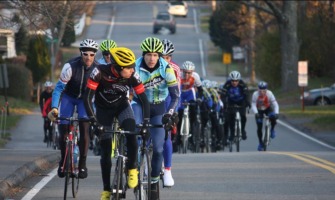 in tons of base miles. Instead, focus on technique, and activating the different muscles required. As a cyclist, I have found that the best way to do this is by doing VO2 max intervals, practicing sprints, and doing semi-competitive group rides. When trying to bridge your fitness over from skiing, it is more important to focus on some solid base training in Zone 1, and race pace efforts in Zones 4 and 5. You can cut out some of the Zone 2 and 3 training that you might have been doing if you spent your winter in Arizona instead of skiing. One of my favorite workouts for this is “30/30s.” This means going hard for 30 seconds and easy for 30 seconds, repeated 4-8 times. You can do 3-5 sets of these. Example: 3 sets of 4 minutes 30 on 30 off. This is a great workout for improving your VO2 Power, as well as work on getting your cycling muscles to fire. It allows you to spend more total time at VO2 power than longer intervals, but utilizes short recovery so that the effort accumulates throughout the set. Another good workout for this is short intervals, 2 to 5 minutes with equal rest. Town line sprint practice rides, and group rides are also excellent for getting ready to race in the spring. If you are a roadie, hopping into some competitive group rides is a great way to remind yourself how to maneuver in the pack, as well as work on your race pace or sprint efforts in a less formal competitive environment. If you are racing mountain bikes, riding fast on some downhills or rolling terrain with your buddies, or chasing some Strava KOM’s is a good way to re-acquaint yourself with the trail speed required for mountain bike racing. When bridging over from ski season, if you are able to match up your technique and skills with your fitness, this will give you the best chance for success in your spring competitions. Your aerobic fitness should already be solid, so getting your technique and skills to a matching level should be a primary focus, alongside aerobic training to maintain your fitness.
in tons of base miles. Instead, focus on technique, and activating the different muscles required. As a cyclist, I have found that the best way to do this is by doing VO2 max intervals, practicing sprints, and doing semi-competitive group rides. When trying to bridge your fitness over from skiing, it is more important to focus on some solid base training in Zone 1, and race pace efforts in Zones 4 and 5. You can cut out some of the Zone 2 and 3 training that you might have been doing if you spent your winter in Arizona instead of skiing. One of my favorite workouts for this is “30/30s.” This means going hard for 30 seconds and easy for 30 seconds, repeated 4-8 times. You can do 3-5 sets of these. Example: 3 sets of 4 minutes 30 on 30 off. This is a great workout for improving your VO2 Power, as well as work on getting your cycling muscles to fire. It allows you to spend more total time at VO2 power than longer intervals, but utilizes short recovery so that the effort accumulates throughout the set. Another good workout for this is short intervals, 2 to 5 minutes with equal rest. Town line sprint practice rides, and group rides are also excellent for getting ready to race in the spring. If you are a roadie, hopping into some competitive group rides is a great way to remind yourself how to maneuver in the pack, as well as work on your race pace or sprint efforts in a less formal competitive environment. If you are racing mountain bikes, riding fast on some downhills or rolling terrain with your buddies, or chasing some Strava KOM’s is a good way to re-acquaint yourself with the trail speed required for mountain bike racing. When bridging over from ski season, if you are able to match up your technique and skills with your fitness, this will give you the best chance for success in your spring competitions. Your aerobic fitness should already be solid, so getting your technique and skills to a matching level should be a primary focus, alongside aerobic training to maintain your fitness.


Listen to your Body. Finally, anytime that you are increasing the amount of time you are spending doing one activity, you need to watch out for overuse injuries. Be diligent about stretching and foam rolling and watch out for the early signs of common injuries. For cyclists, make sure you are stretching your lower and upper back, as well as hamstrings and hips. Runners, watch out for shin splints or foot pain as you start to increase mileage. Trust that you will retain your aerobic base and focus on getting ready to race, and staying healthy. Even if you aren’t immediately super fast, if you continue to be smart about your training, you will be able to bridge from ski season into success in spring and summer competitions.

